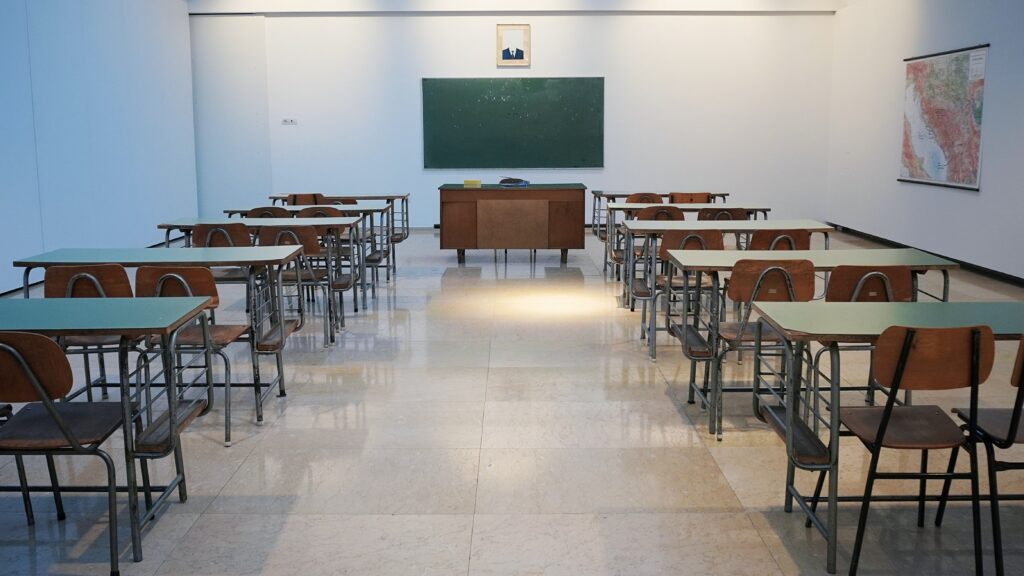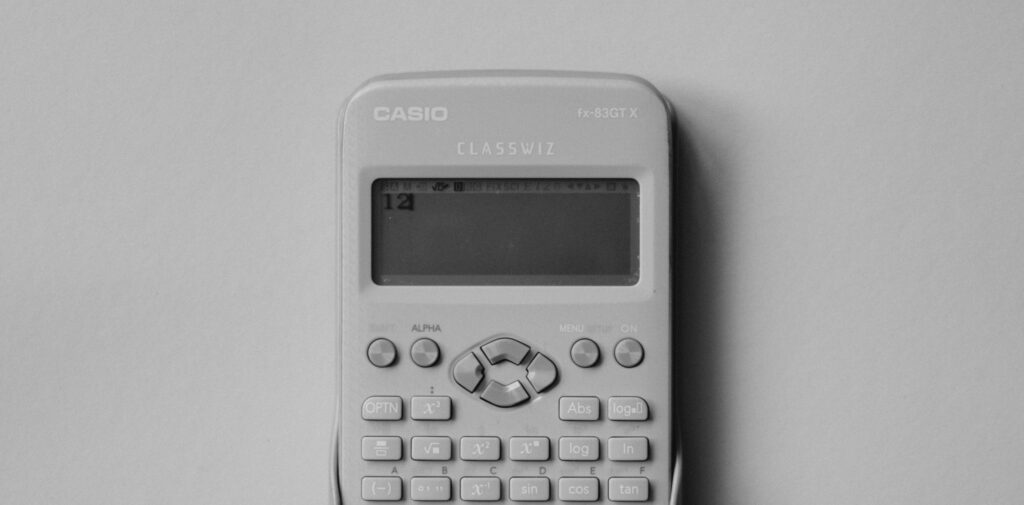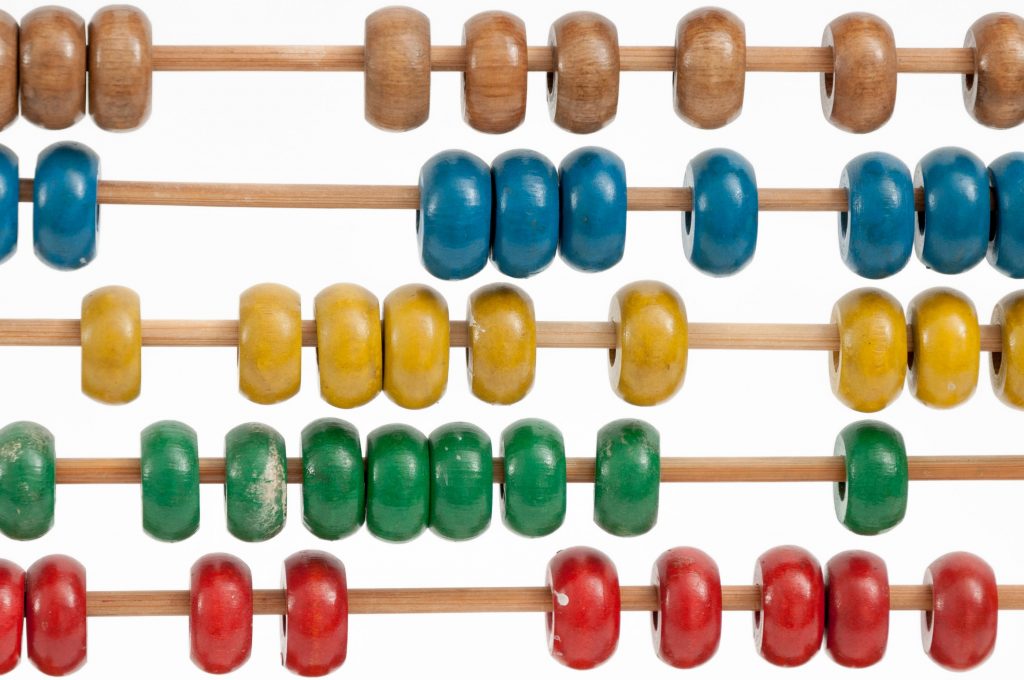A new feature of the blog is a conversation series with people living with dyscalculia.

This week we spoke to Rose Lister, a primary school teacher who has struggled with numbers and was eventually diagnosed with dyscalculia at age 21. Rose tells us about the frustration of completing school education without a diagnosis – by telling her story, she hopes to bring more awareness to dyscalculia. Her story is very inspiring, and we hope that it can show you that dyscalculia doesn’t have to limit you in what you want to achieve in life.
In this part of the interview, we discussed her path to diagnosis, her time at school and the challenges that overcame to become a primary school teacher. The second part of the interview, covering her experience as a primary school teacher and advice to parents, will be published the following week!
Read more







